Homer Watson was above all a painter of rural landscapes, and was especially devoted to settings that he knew intimately. Landscapes were biographical manifestos and philosophical statements, an opportunity to explore nature’s inner life, power, and meaning, but also to probe the delicate relationship of respect that he believed human beings should establish with the natural world. Those convictions were at the core of all his work, even while the aesthetics that informed his art changed substantially over the course of his career.
-

The Death of Elaine 1877
-
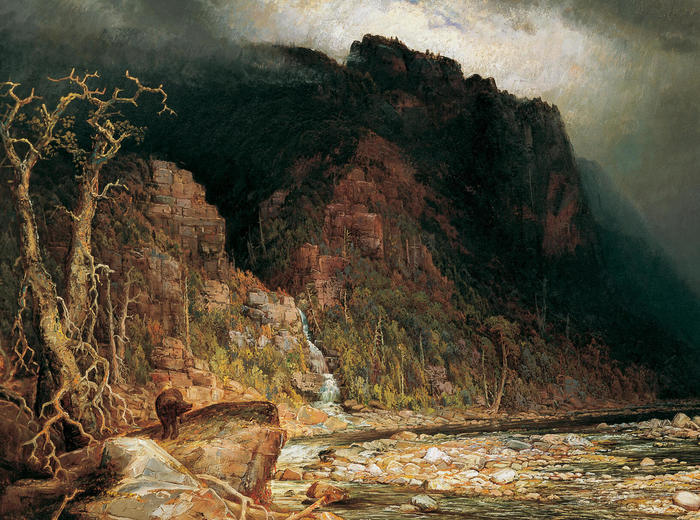
A Coming Storm in the Adirondacks 1879
-
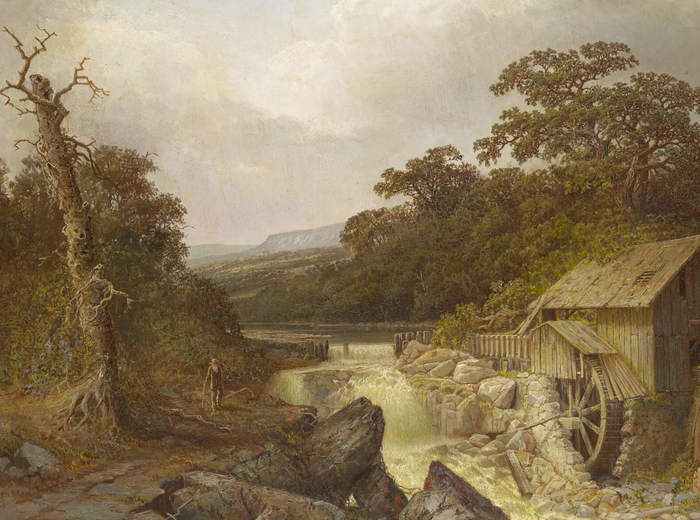
The Pioneer Mill 1880
-
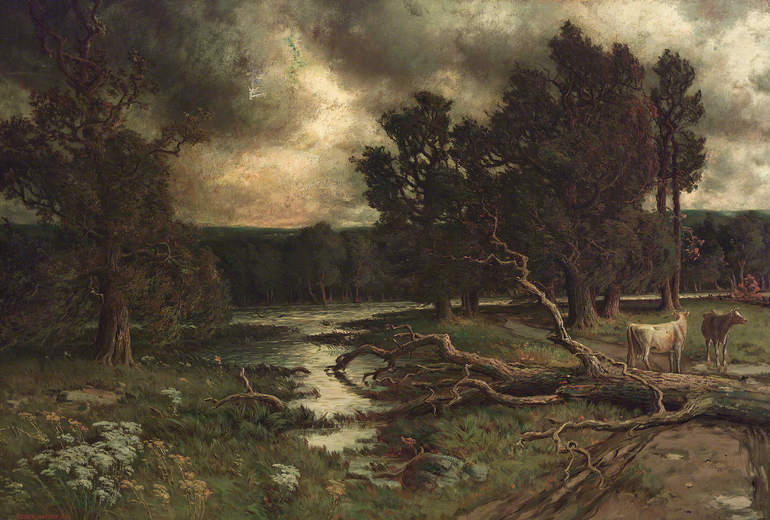
Near the Close of a Stormy Day 1884
-

Studio frieze 1893–94
-
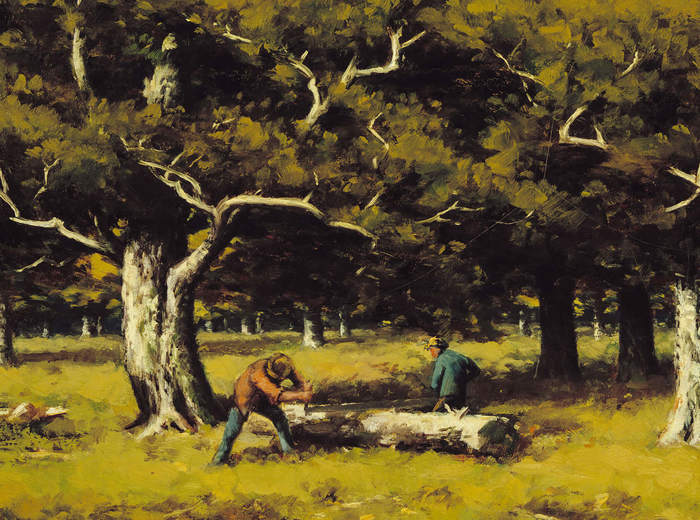
Log-cutting in the Woods 1894
-
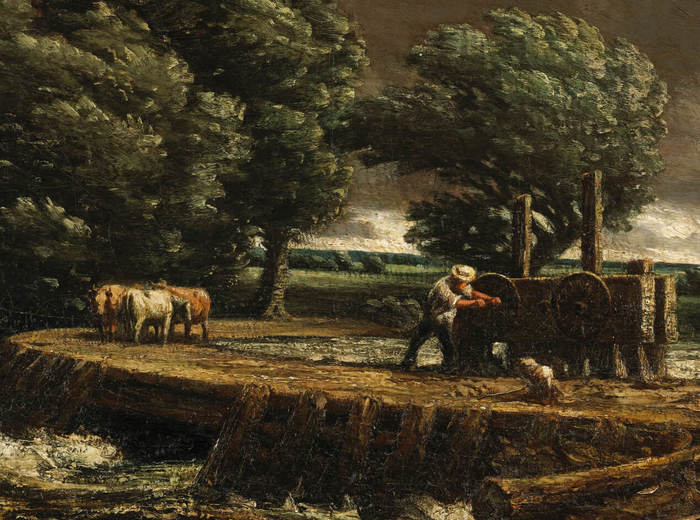
The Flood Gate c.1900–1
-
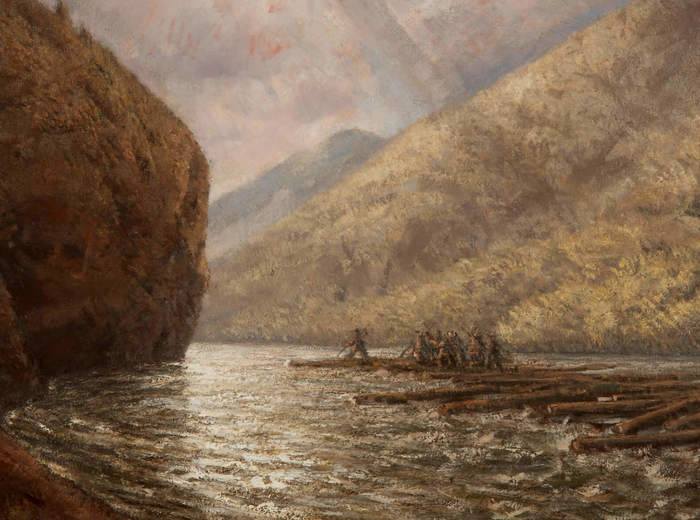
The River Drivers 1914, 1925
-
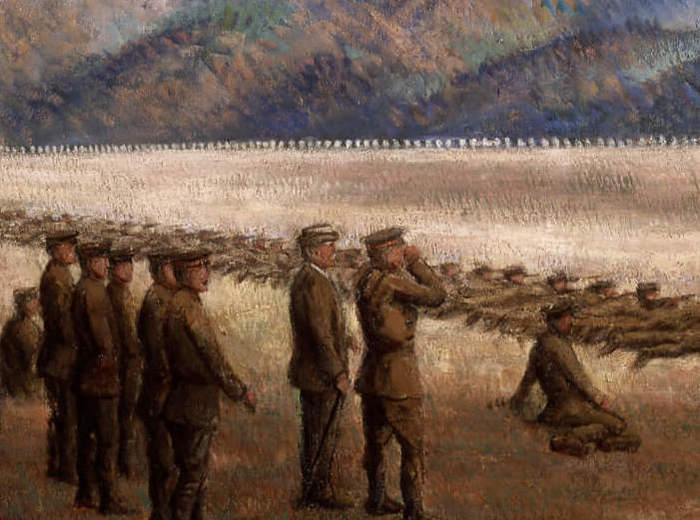
The Ranges (Camp at Sunrise) 1915
-
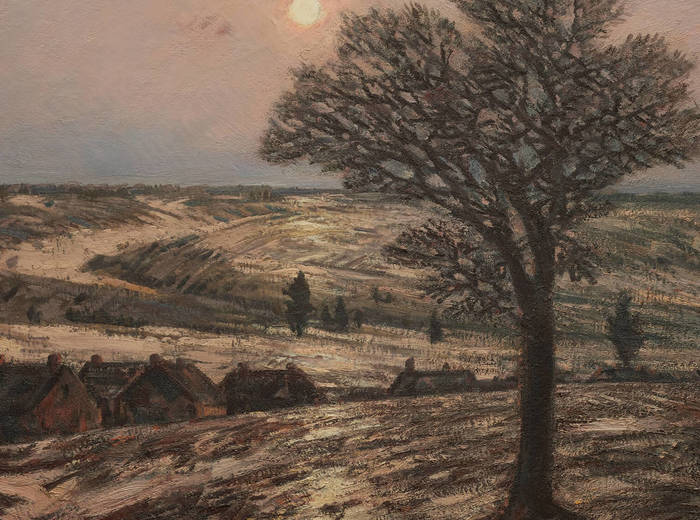
Moonlight, Waning Winter 1924
-
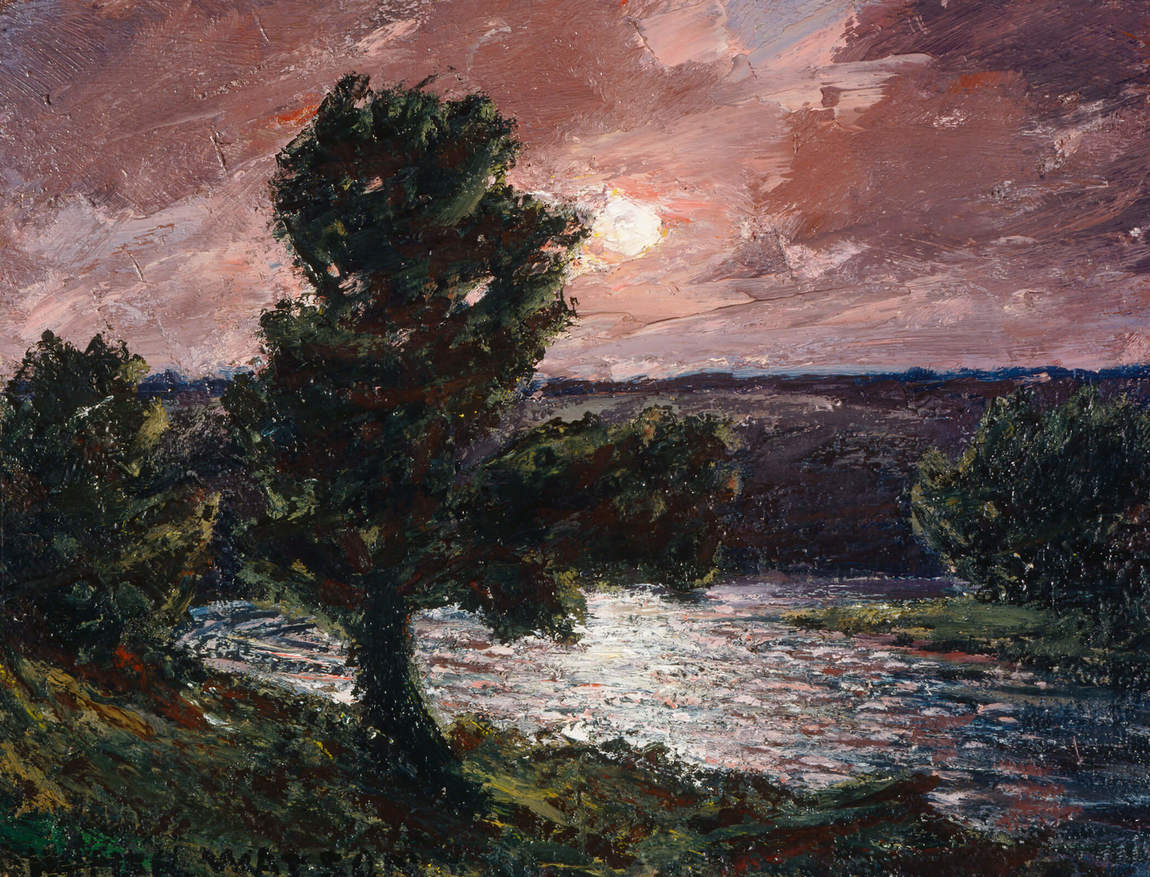
Moonlit Stream 1933
-
 About the Author
About the Author
Brian Foss has been the director of Carleton University’s School for Studies in Art and Culture since 2009.
-
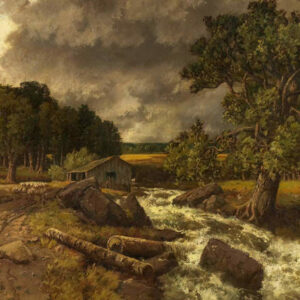 More Online Art Books
More Online Art Books
Read online or download the ACI's incredible library of art books for free in French and English.
-
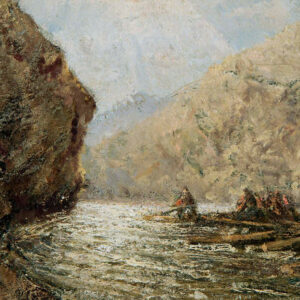 Acknowledgements
Acknowledgements
The Art Canada Institute gratefully acknowledges the support of its generous sponsors.
